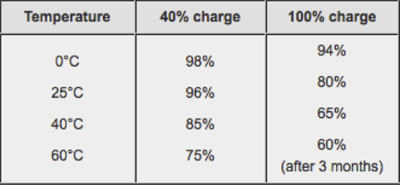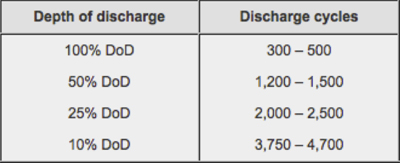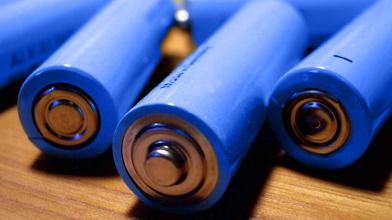A lithium battery’s lifespan will best be prolonged if stored at 0°C with a 40% charge. When stored at higher temperatures with a high charge voltage, a Lithium-ion battery will become stressed and degrade faster.

Estimated recoverable capacity when storing Li-ion for one year at various temperatures
Lithium batteries also lose cycle life quicker based on the depth of discharge. A partial discharge and low temperature reduce stress and prolongs battery life.

Cycle life as a function of depth and discharge
Most Lithium-ion batteries charge to 4.20V and every reduction in peak charge voltage of 0.10V/cell doubles cycle life. For example, a lithium ion cell charged to 4.20V typically delivers 300 – 500 cycles. If charged to only 4.10V/cell, the life can be prolonged to 600-1,000 cycles.

